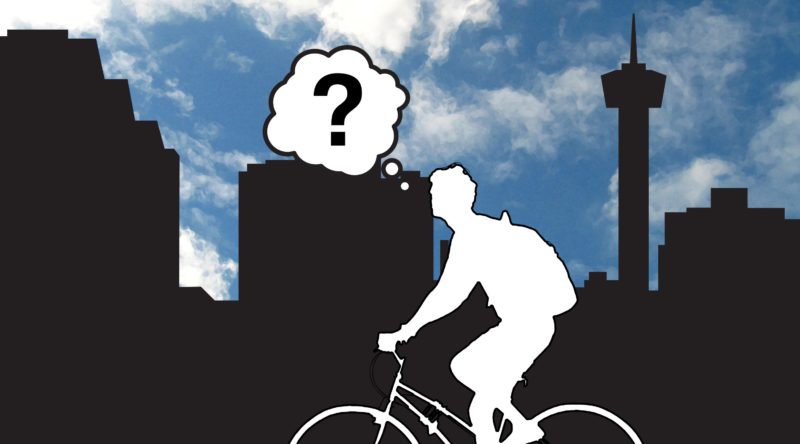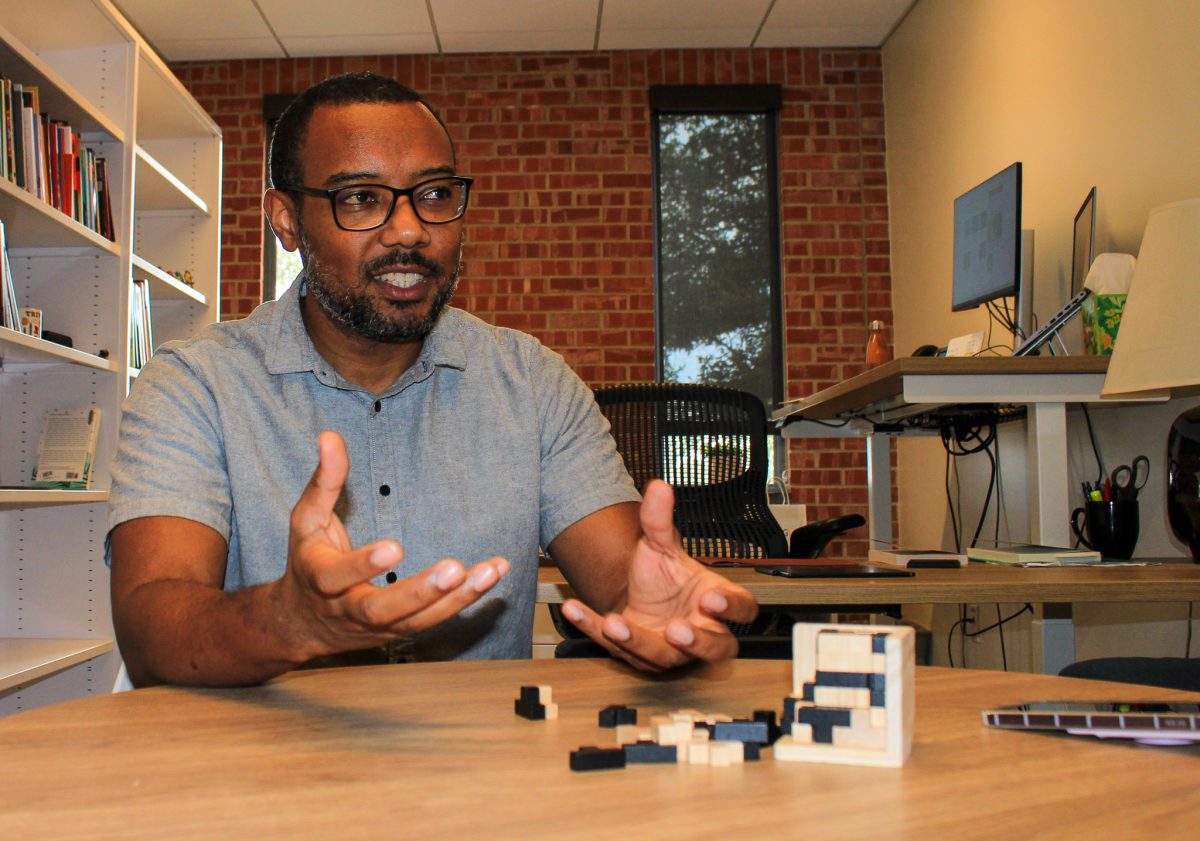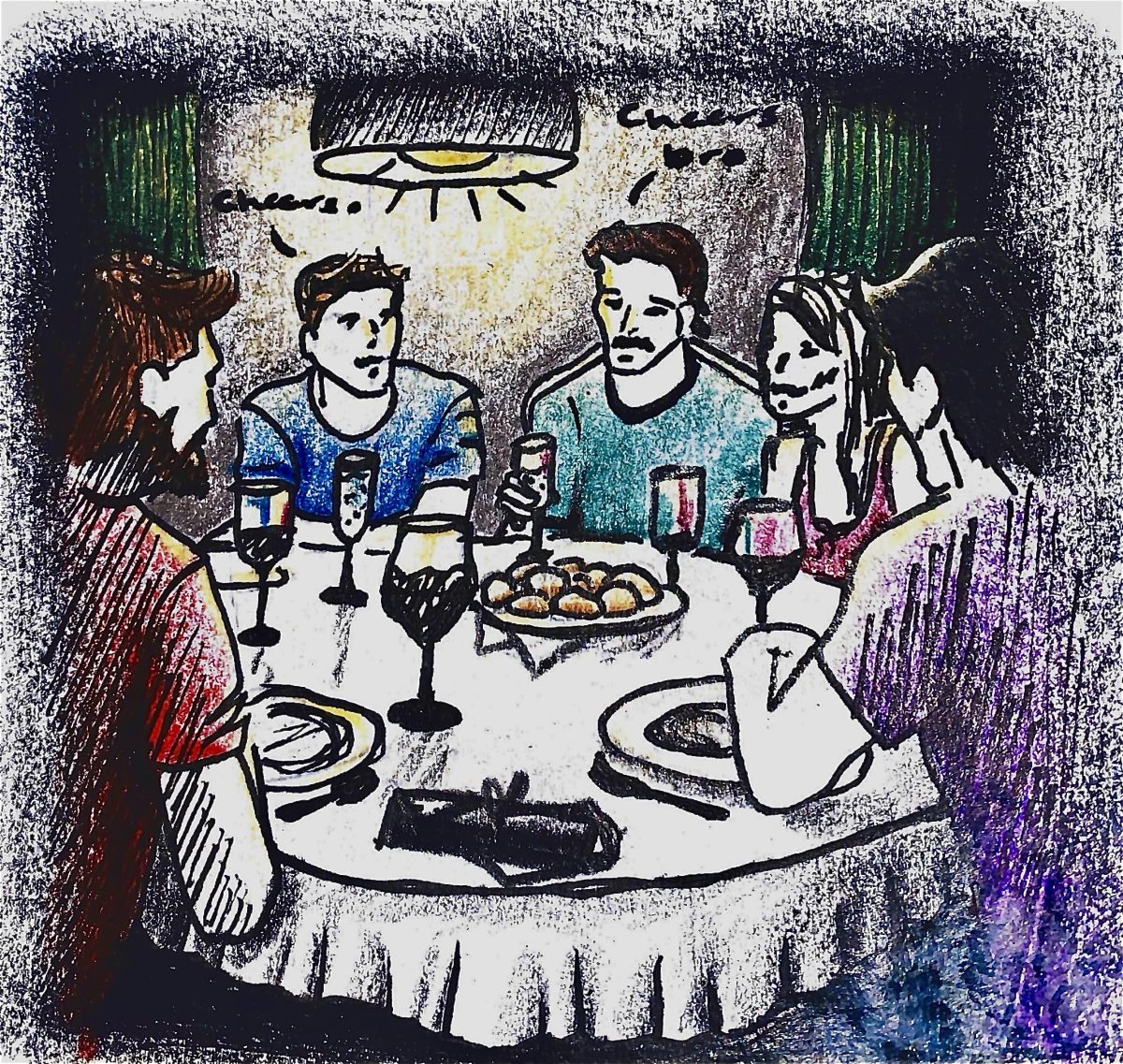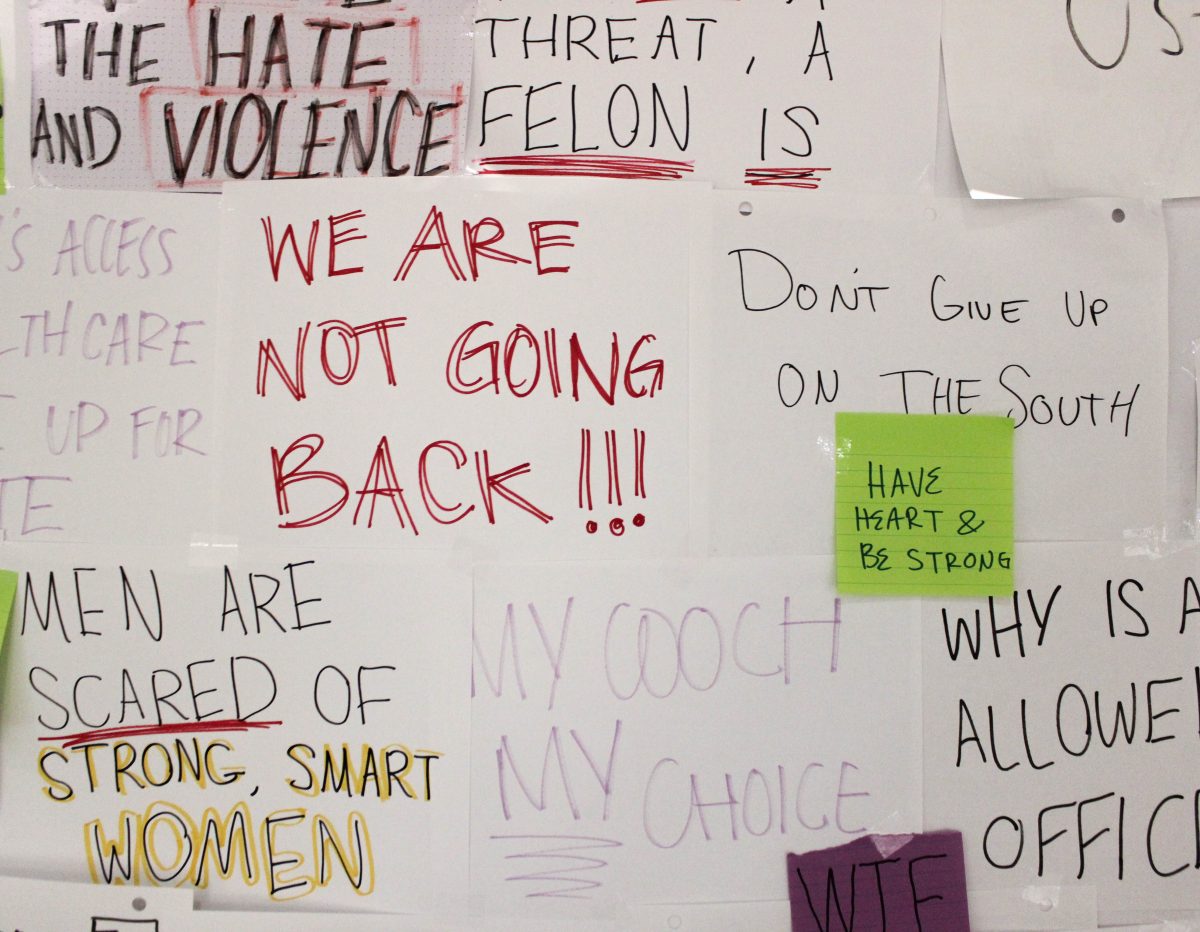College offers young adults some of their first opportunities to explore their independence. Without a personal car to facilitate these journeys, however, the chances to learn and try seemingly dwindle. Not having access to your own personal mode of transportation may be distressing, but there are several methods available to help you get out and about in San Antonio.
The cheapest method of transportation is walking. Students with time to kill could pick one of the streets surrounding campus and start exploring.
“I would avoid walking along the main streets because there is little shade and drivers aren’t very considerate of pedestrians,” said Grace Wiele, a senior anthropology major.
Trinity is located in the residential neighborhood Monte Vista, but civilization can be found within a mile of each direction; there are museums, parks, restaurants and even a local library all within 15 minutes of campus. Wiele said she thinks walking provides more reliable transportation than automobiles.
“I also tried to use the bus system a couple of times. But I wouldn’t recommend it unless you are desperate, because the buses only come on time early in the morning. Otherwise, they were completely unreliable,” Wiele said.
Trinity peers can also serve as resources.
“Not having a car forces you to reach out to people who you maybe wouldn’t have otherwise,” said Bailee Manzer, a senior business major.
Students occasionally ask friends for a ride. Some suggest to offer to pitch in for gas or do laundry in exchange for the keys. Trinity also offers a semester-long free shuttle on certain Saturday afternoons if personal cars aren’t available.
“I used the shopping shuttle and I thought it was awesome. The drivers are students and they all very nice and upbeat. It’s my favorite because it’s free, and free is the best,” Manzer said.
Open to all Trinity students, the shuttle departs at 2 p.m. outside the Witt Center and drops students off in front of the Super Target at Park North Plaza Shopping Center on Blanco at Loop 410. The shuttle returns to ferry students back to campus at 4:30 p.m.
Students may prefer more personal modes of transportation.
“The shopping shuttle was interesting. It was such a time commitment, and I wasn’t really here for that,” said Anusha Bradley, senior philosophy and economics major.
Uber and Lyft are services that are accessible via mobile app and connects drivers to riders. Both use a “Request, Ride, Pay” model, in which an individual requests to be matched with a driver nearby; the passenger is then transported to their desired destination. Riders pay the automatically calculated fare with a card linked to their profile within each app. Passengers may also share their location with their contacts to express their concerns for personal safety, as well as rate their experiences with their drivers. These features aim to create a comfortable environment for them to travel to their destination in.
Because of the accessibility and lower costs, these examples of on-demand driving have become popular alternatives to other services such as Yellow Cab and taxis.
“Uber and Lyft are probably my favorites just because you don’t have to feel like you’re bothering all your friends all the time,” Bradley said. “But also, sometimes it’s hard to get everyone you ride with to pay the money they say they will, so there’s that.
Other programs that provide transportation include B-Cycle, which is a nationwide bike-sharing program with a hub in San Antonio. B-Cycle offers a 20 percent student discount, and with 55 bikes stations around downtown San Antonio, the city becomes accessible for the 24 hour rental period to those without cars.
Some students find that bringing their own bikes allows them to access campus and the surrounding community easily.
“Before I came to campus freshman year, I thought there would be way too many stairs to justify bringing a bike. I also lived in the first-year quad, of course, so classes were already pretty close to my dorm. Sophomore year, living in Prassel, I decided to bring my bike from home because the dorm was farther away, and I found the path to class without any stairs,” said Chrissy Nielsen, a junior engineering science major.
Despite the notoriously hilly campus, Trinity has found ways to accommodate cyclists.
“I would recommend, if you have plenty of space, to bring a bike. It is convenient having one. Honestly, the ride up to class almost wasn’t worth the bike trip, but the ride back down to the dorm was marvelous and didn’t require any pedaling whatsoever. There are also much more accessible bike parking spots than car parking spots. I haven’t gone off-campus biking, but I may start because of Pokémon GO,” Nielsen said.
Trinity offers car rental services on its campus despite the common misconception that someone must be at least 25 years old to rent a car. Two cars are currently available for Trinity students to rent via Zipcar, though more may be added if the demand for rental cars increases in the near future. To sign up, visit the Zipcar website or mobile app; drivers from many locations are able to use these cars, even with an out of state or international license. The membership fee is usually $95, but Trinity students can earn one for only $15 a year. After joining, an hourly rate of $7.50 and a daily cost of $69 are added to the price of your rental. Each reservations includes the cost of gas, insurance and 180 miles to drive.
With two cars located in Lot 2 near Mabee Dining Hall, Zipcar provides an opportunity for fast and easily accessible transportation to all students with a license to drive.
Multiple alternatives of transportation exist to facilitate experiences as a college student. Whether it’s borrowing a friend’s car or pursuing physical exercise, students without cars are sure to find an option that works best for each individual







